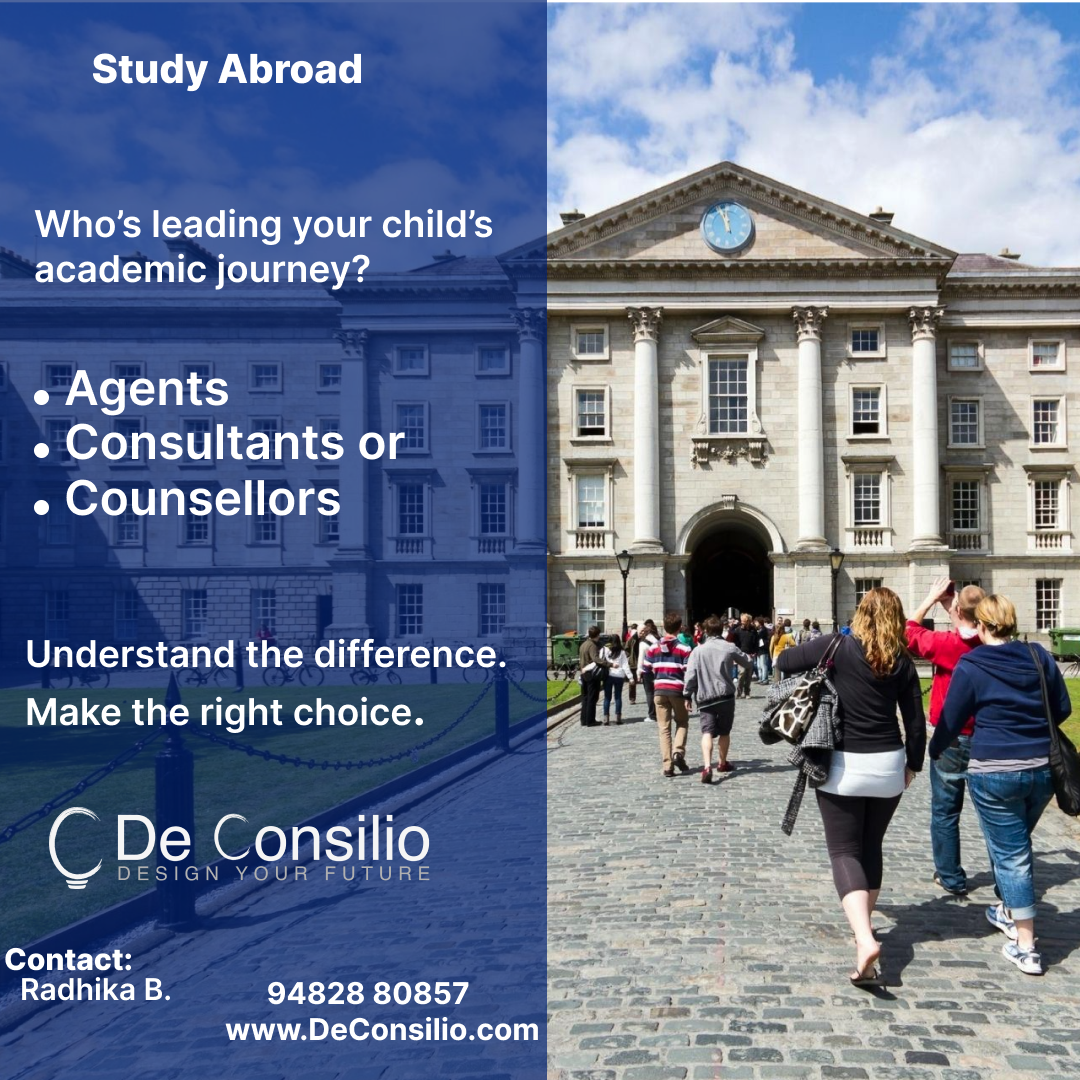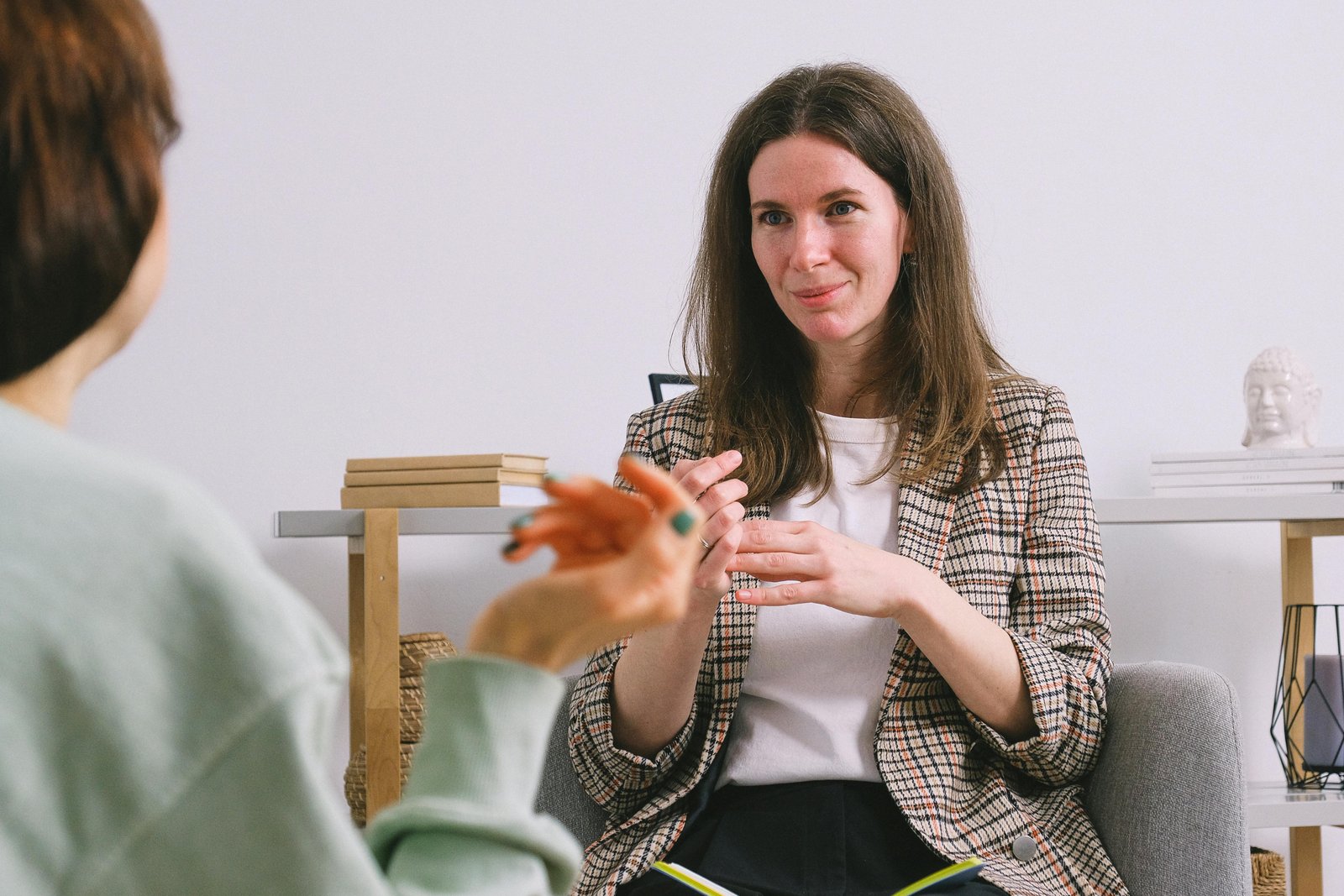Unlocking Student Potential: Understanding Multiple Intelligences!
Have you ever wondered why some students excel in certain subjects while struggling with others? Have you noticed that each student brings a unique set of strengths and abilities to the classroom? Understanding and harnessing these differences is crucial for creating an inclusive and effective learning environment. That's where the theory of multiple intelligences comes into play.
Imagine a classroom where every student is engaged, thriving, and excelling in their own unique way. That's the vision behind the theory of multiple intelligences, developed by psychologist Howard Gardner. According to this theory, intelligence is not a one-size-fits-all concept but rather a diverse range of abilities that individuals possess to varying degrees.
Students with linguistic intelligence have a natural aptitude for language-based activities such as reading, writing, and verbal communication. For these students, incorporating storytelling, writing assignments, and verbal discussions into lessons can enhance their learning experience.
Similarly, students with logical-mathematical intelligence excel in problem-solving, logical reasoning, and critical thinking. Challenging these students with puzzles, math problems, and hands-on experiments can stimulate their analytical skills and deepen their understanding of complex concepts.
Spatial intelligence involves visual thinking and spatial reasoning. Students with this intelligence thrive in activities that involve artistic expression, map reading, and visual presentations, allowing them to showcase their creativity and spatial awareness.
For students with bodily-kinaesthetic intelligence, learning through movement and hands-on activities is key. Providing opportunities for physical interaction and manipulation can enhance their understanding and retention of information.
Musical intelligence can be nurtured through activities such as singing, playing musical instruments, and rhythm-based learning exercises. These auditory learners benefit from incorporating music into lessons to engage their sense of hearing and enhance their learning experience.
Interpersonal intelligence involves understanding and interacting effectively with others. Group projects, collaborative learning experiences, and peer teaching opportunities can foster this intelligence and promote teamwork and communication skills.
Intrapersonal intelligence, on the other hand, involves self-awareness and introspection. Activities that promote reflection, goal-setting, and personal growth can help students develop a deeper understanding of themselves and their learning preferences.
Finally, naturalist intelligence is characterized by a deep connection with nature and the environment. Outdoor learning experiences, environmental projects, and wildlife studies can nurture this intelligence and instill a sense of environmental stewardship in students.
By understanding the dominant intelligence types of students in the classroom and leveraging this knowledge to tailor teaching methods, educators can create inclusive and engaging learning environments where every student has the opportunity to shine. Together, let's unlock the potential of our students and inspire a lifelong love of learning







